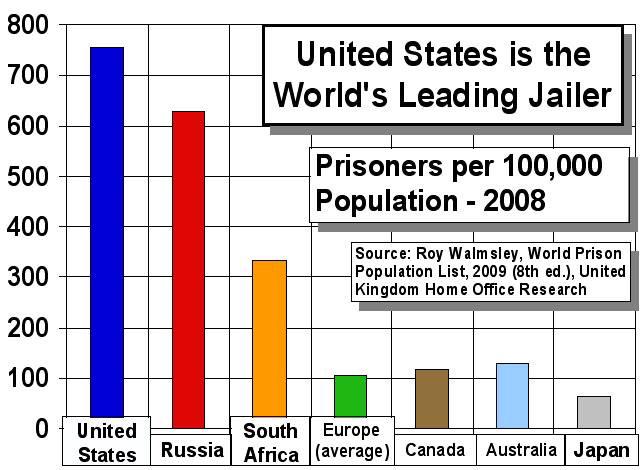- Oct 31, 2012
- 53,886
- 52,787
- 3,605
- Thread starter
- #21
I'm personally tired of the same old crap. You have Dims saying they want to help the middle class, while just passing Obamacare which was the greatest tax burden on the middle class in US history, and proposing more and more redistribution to "fix" it all again.
Meanwhile, the GOP is the scapegoat every single time as they are held to be the ones that are at the source of all these troubles.
The funny thing is, there seems to always be just enough to perpetuate the demise of the middle class, that is, unless you count the first two years of the Obama administration when Dims had complete control over every aspect of the government. Of course, that did not go so well for them, did it?
I have a theory that Dims secretly want just enough in the GOP to be in office to blame for the continued demise of the middle class, as they preach more and more redistribution.
It is kinda of funny, in a sad way, how democrats talk like they know exactly what is wrong and exactly what to do about it, yet they never seemed to get around to doing it.
Instead they take over 1/6th of the economy. Welcome with open arms millions who apply downward pressure on wages and then they have the gall to blame the party that was not in the majority. That is why the democrats got their ass handed to them in 2016 and will in 2018 except they have allowed a whole host of illegal voters into the country.
They not only have all the answers, those answers are so wonderful they should be compulsory for all.





